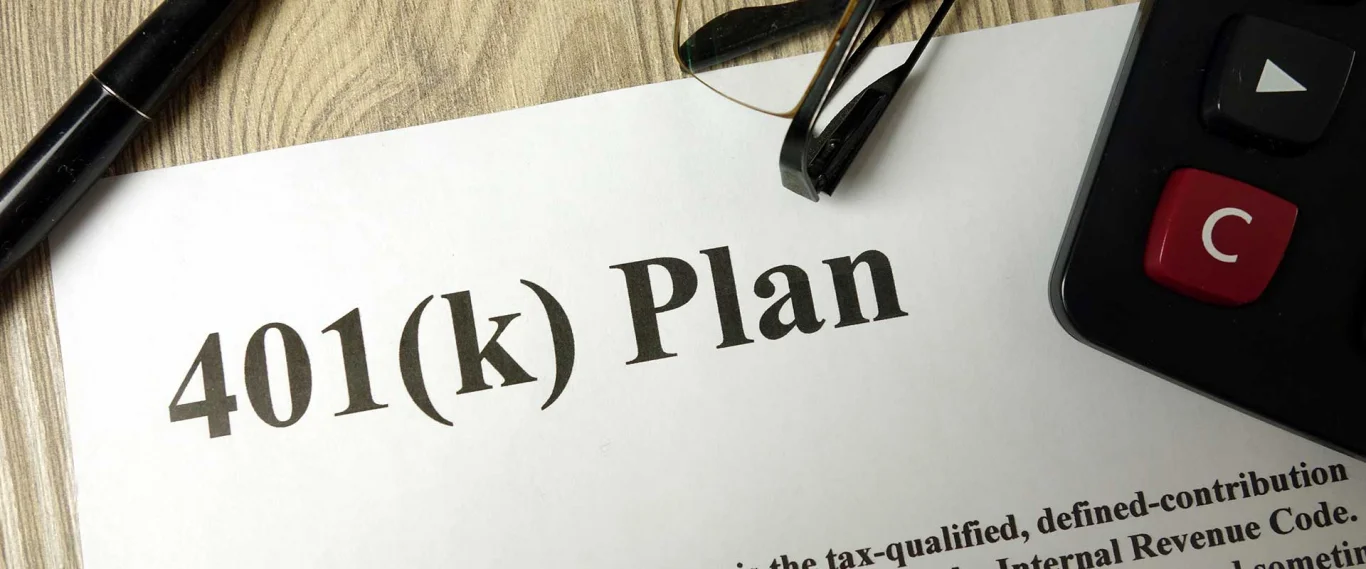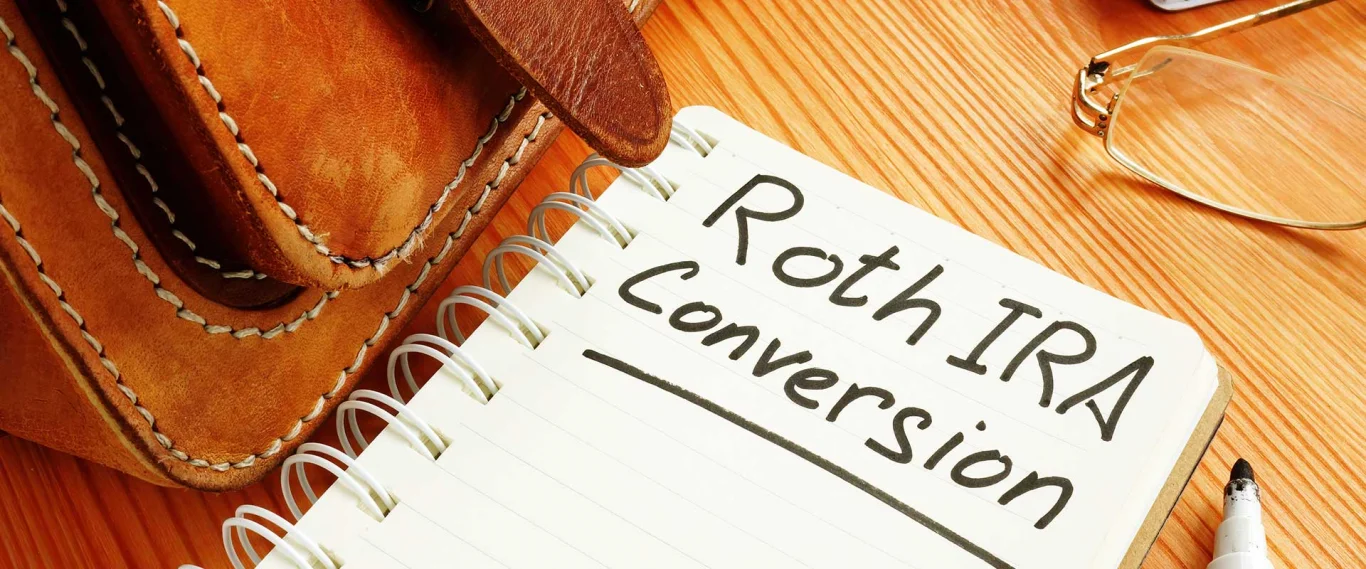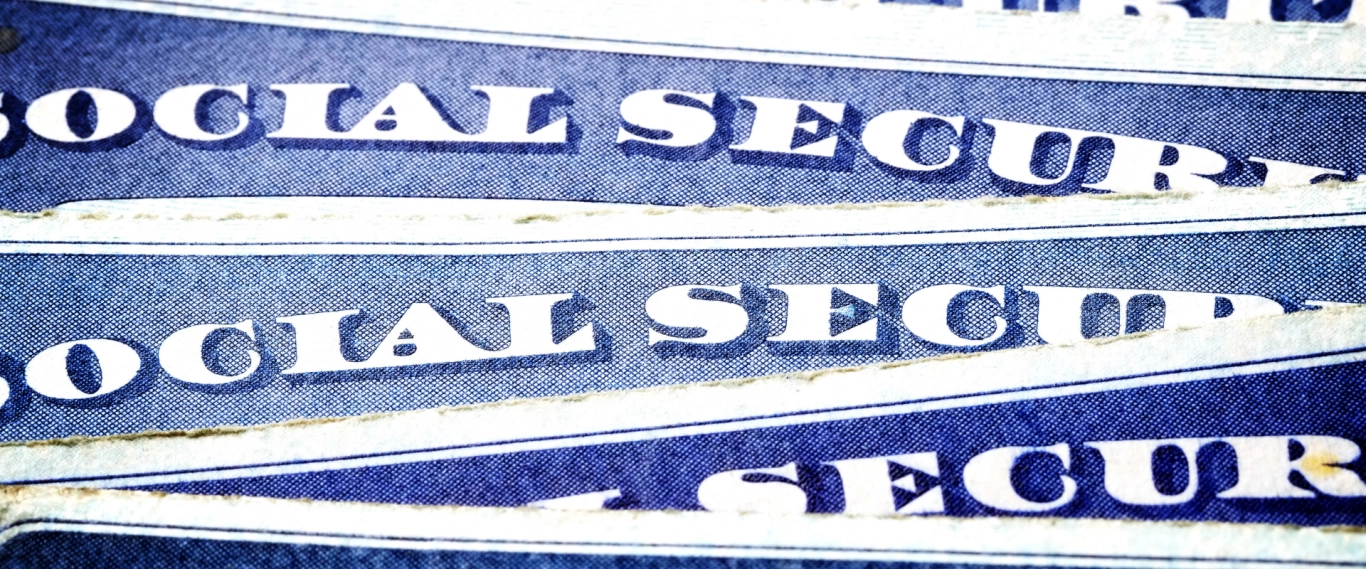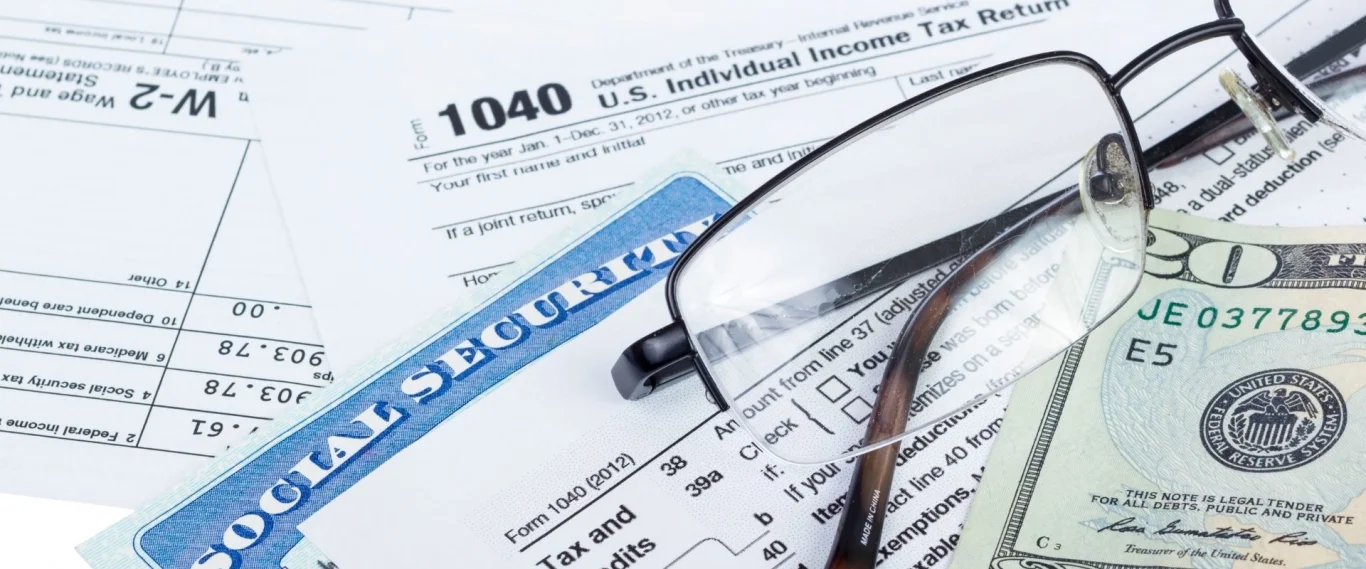At Freedom First Retirement Design our advisors use the best tools and strategies we have available to develop a solid retirement strategy.

You may be reaching a stage in life when you’re becoming more conservative about investing and money management. As you transition into retirement, it’s only natural to be concerned with mitigating risks to your assets. Market or investment risk is the one people think of first. Others include sequence of return risk, longevity risk, inflation risk, tax liability, and more. Fortunately, having a good financial plan enables you to combat all of them.


At Freedom First Retirement Design we have a team of CERTIFIED FINANCIAL PLANNER™ certificants and Financial Advisors to help you construct the investment portfolio that we believe will best help you reach your goals. We act as fee-based investment managers using a combination of stocks, bonds, mutual funds, ETF’s, and annuities in concert together to minimize risk while maximizing potential cash flow.




Retirement Income Plans are not just for the wealthy. With a customized retirement income plan from Freedom First Retirement Design, your dreams and goals become the focus of your retirement.


